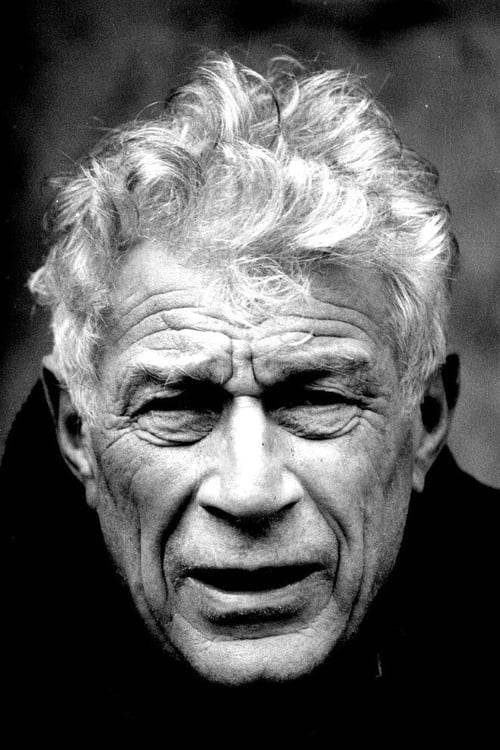John Berger
Nascimento : 1926-11-05, Stoke Newington, London, England
Morte : 2017-01-02
História
John Peter Berger (/ˈbɜːrdʒər/; 5 November 1926 – 2 January 2017) was an English art critic, novelist, painter and poet. His novel G. won the 1972 Booker Prize, and his essay on art criticism Ways of Seeing, written as an accompaniment to the BBC series of the same name, is often used as a university text. He lived in France for over fifty years.

Poet / Narrator (voice)
"8 Poems of Emigration" is a found footage film that focuses on the migration crisis. The film, while focusing on the immigration and immigration issue caused by the wild global capitalism, consists of the images and the found footage from the recording of the work named "8 Poetry of Immigration" that John Berger read to the audience in 2007 at the Fine Arts Center in Madrid. The narrative of the movie is revealed by the conflict between image and sound order. With the out-of-context (misuse) use of commercial images and music, the film creates a critical structure that opposes capitalism.
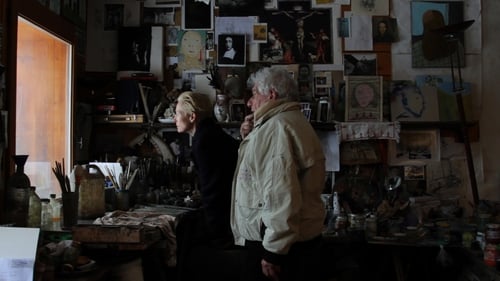
Himself
The Ways of Seeing writer is celebrated by Tilda Swinton and her fellow admirers in an unorthodox four-part documentary that visits him at his Alpine home

Himself
Art, politics and motorcycles - on the occasion of his 90th birthday John Berger or the Art of Looking is an intimate portrait of the writer and art critic whose ground-breaking work on seeing has shaped our understanding of the concept for over five decades. The film explores how paintings become narratives and stories turn into images, and rarely does anybody demonstrate this as poignantly as Berger.

Narrator
Taşkafa is a real dog and also a legend on the streets of Istanbul. John Berger begins Taşkafa’s story, reading from his novel, King, the story of the disappearance of a community told from a dog’s perspective. The area’s ordinary people – taxi drivers, shopkeepers, street traders – care deeply about the welfare of the city’s street dogs and they tell us stories about Taşkafa and their other canine neighbours. The animals are a symbol of community living, where people (and dogs) look out for each other, but this is a community in transition; one from which dogs are starting to be expelled. Eccentric, amusing and very warm, the film is a powerful indictment of the impact of global politics and the economic appropriation of public space but, even more, it is a tribute to both the spirit of resistance and to city life that can accommodate people and dogs together.

Himself

Himself
The Spectre of Hope is based on the latest work of photographer Sebastiao Salgado. Salgado spent 6 years traveling to over 40 countries, taking pictures of globalization and its consequences - most notably, the mass migrations of populations around the world. In the film, Salgado presents his remarkable photographs in conversation with John Berger.
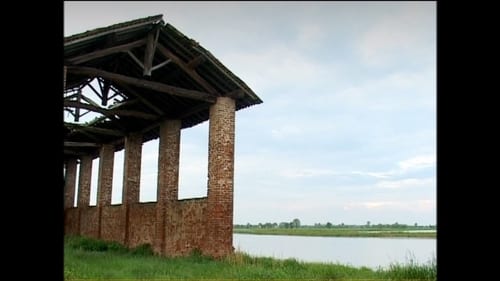
Narrator

Self
The war in the South Pacific, a country doctor in Colorado, victims of industrial pollution in a Japanese village — all were captured in unforgettable photographs by the legendary W. Eugene Smith. This program showcases over 600 of Smith’s stunning photographs and includes a dramatic recreation in which actor Peter Riegert (Crossing Delancey, Local Hero) portrays the artist using dialogue take from Smith’s diaries and letters. Interwoven through the program are archival footage and interviews with family and friends of this brilliant, complicated man, whose work developed from twin themes of common humanity and social responsibility.

Script
A collection of seemingly unrelated individuals wait in a small island airport. Their flight is delayed, and each takes a turn to tell the others a story from his or her life. All small island stories of ordinary, uninspiring lives. Until one man, The Stranger, tells his story of a summer romance in Venice.

Stranger
A collection of seemingly unrelated individuals wait in a small island airport. Their flight is delayed, and each takes a turn to tell the others a story from his or her life. All small island stories of ordinary, uninspiring lives. Until one man, The Stranger, tells his story of a summer romance in Venice.

Writer
Film Essay based on “And Our Faces, My Heart, Brief As Photos” by John Berger.

John Berger
Film Essay based on “And Our Faces, My Heart, Brief As Photos” by John Berger.

Self (narrator)
“Parting Shots from Animals” was inspired by essays by John Berger and developed in collaboration with Chris Rawlence. Shot entirely in the UK, it consists of a diverse series of arresting ‘films within a film’, each presented as if made about us from the perspective of the animals whose lives we may appear to celebrate, but continue to exploit and to destroy. While John Berger doesn’t appear in the film and wasn’t directly involved in it’s making, he narrates to great effect the text he co-wrote to accompany the film’s provocative opening sequence.

Writer
“Parting Shots from Animals” was inspired by essays by John Berger and developed in collaboration with Chris Rawlence. Shot entirely in the UK, it consists of a diverse series of arresting ‘films within a film’, each presented as if made about us from the perspective of the animals whose lives we may appear to celebrate, but continue to exploit and to destroy. While John Berger doesn’t appear in the film and wasn’t directly involved in it’s making, he narrates to great effect the text he co-wrote to accompany the film’s provocative opening sequence.

Self
“Pig Earth” marked John Berger’s first return to television after “Ways of Seeing”. The film, boldly using mostly still photographs, is based on John’s book of the same name, which was both a work of fiction as well as a history of French Peasant experience, as told by John ‘the story teller’, as if in the peasant’s own voices. All of which was given brilliant visual expression in the film through a series of beautifully edited sequences, each constructed from vivid and moving photographs of peasants and their lives, in black and white and colour, by John’s friend and long-time collaborator, the Swiss photographer Jean Mohr.

Writer
A look at the lives of several men and women in their 30s as they confront the slim gains of the "revolutionary" sixties. Max, a dissatisfied copy editor; Myriam, a redhead into tantric sex; and Marie, a supermarket checker who gives unauthorized discounts to the elderly, search for renewed meaning on a communal farm. The title character, a six-year-old child, is the carrier of their hopes for the future.
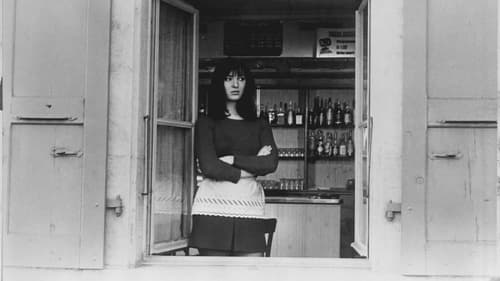
Writer
Paul is married, a successful engineer, and a conservative candidate in an upcoming local election. He falls in love with Adriana, a café waitress from Italy. Paul's party is very critical of foreign labour and wants to keep Switzerland to the Swiss. Where Paul falls deeper and deeper into the relationship and is ready to leave his wife, Adriana feels the social pressure growing and has to make her own decision.

Young Socialists from Glasgow, Liverpool and Swansea march to London and discuss their economic struggles en route. Supporting them are Ken Loach, Corin Redgrave, Arnold Wesker and other leading cultural figures of the left of British politics. The march is intercut with scenes dramatising parallel injustices in the English Civil War era and earlier - featuring Frances de la Tour in queenly mode as Elizabeth I. The film's unconventional structure also features frequent extracts of the rousing pop concert, with the band Slade, which culminated the epic march.
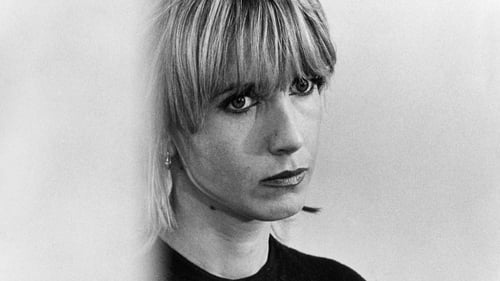
Writer
Two men, arty though somewhat staid, are drawn to the spirited and quixotic Rosemonde....
